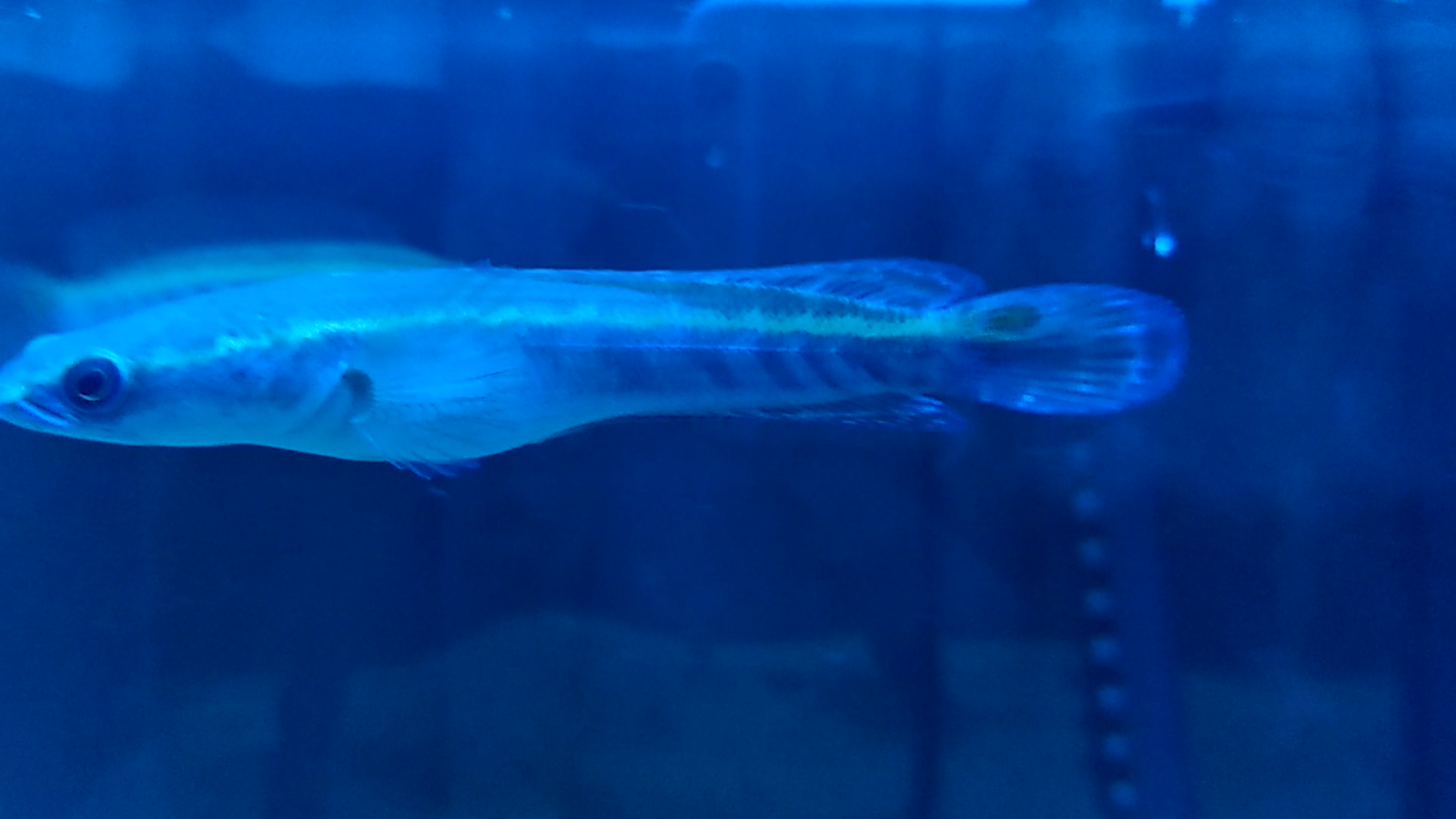A new project that I'm doing is tanning in a specific spectrum of light and that will be in the blue spectrum. Lets understand a little bit about light energy, they are from long wave length (Red) to the shortest (Blue). The long wave length has the least energy and the energy continue to increase as the wave length shorten. When it reaches the far end of the spectrum we will be in the ultraviolet range that can cause sunburn to our skin.
From my earlier experiment tanning in high kelvin light 10,000 - 12,000 produces result while using lower kelvin light does not get us anywhere. And we know now that the reason for this is because on the red and green spectrum they contain less energy, while high kelvin light contain more on the blue spectrum which produces more energy.
I've bought an Actinic High output T5 meant for marine coral bulb and modified it to my high output tanning lamp. I will concentrate the tanning just on the blue spectrum that will peak in the range from 430 - 480 nm. We also understand the success of tanning is when the light damaged the Iridiophores cell and with the high energy that actinic light produces it should be able to damage the Iridiophores cell more efficiently. Iridiophores cell contains reflective Guanine crystal that reflects light, when the cell is damaged it turns white and the Chromatophores cell beneath it when damaged will turn black.
I hope with this experiment we can further understand the flower of Marulioides, if the secret lies in the Iridiophores or in the Chromatophores cell. Why flowers? what are their true function for the Marulioides. The experiment begins today 7 Jan 2019 and I hope to see some result from it.
*caution - Blue light has strong energy and it will even damage the cell in our eyes, I'm doing the Actinic tanning at midnight when everyone is asleep and will off the light in the morning. Prolong exposure to blue light will cause irreversible eye damage!








Comments
Post a Comment